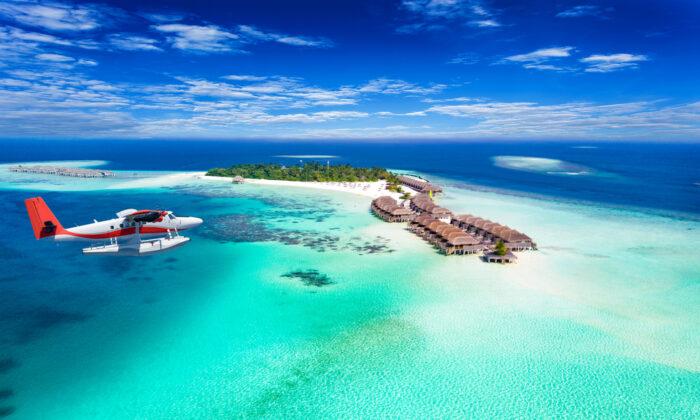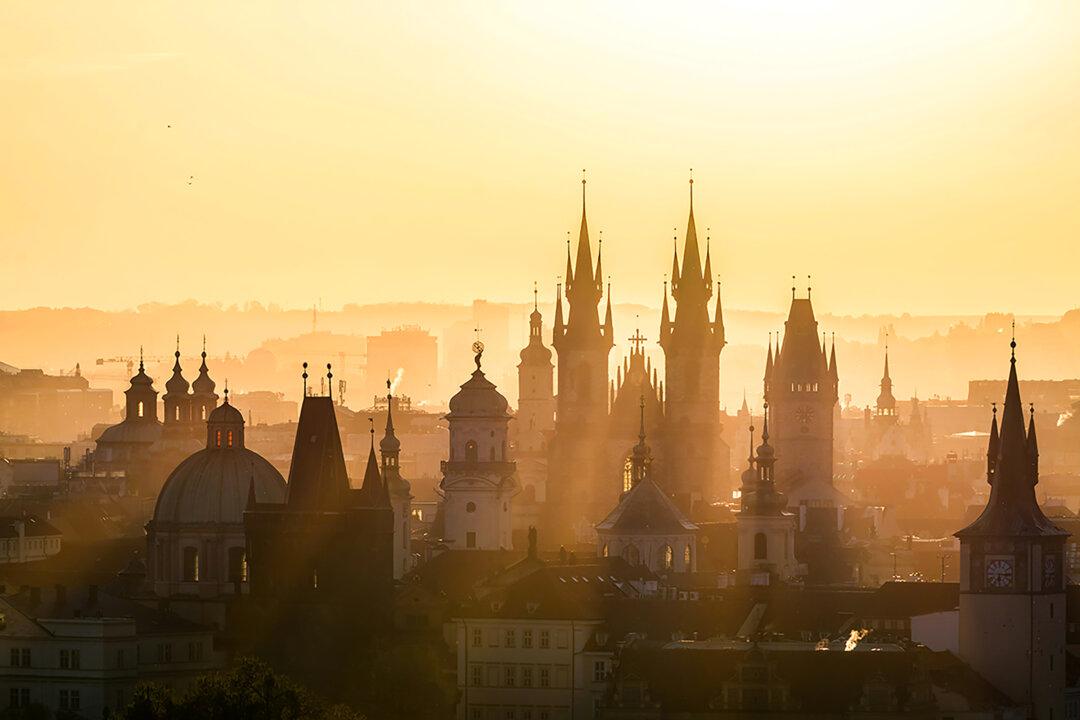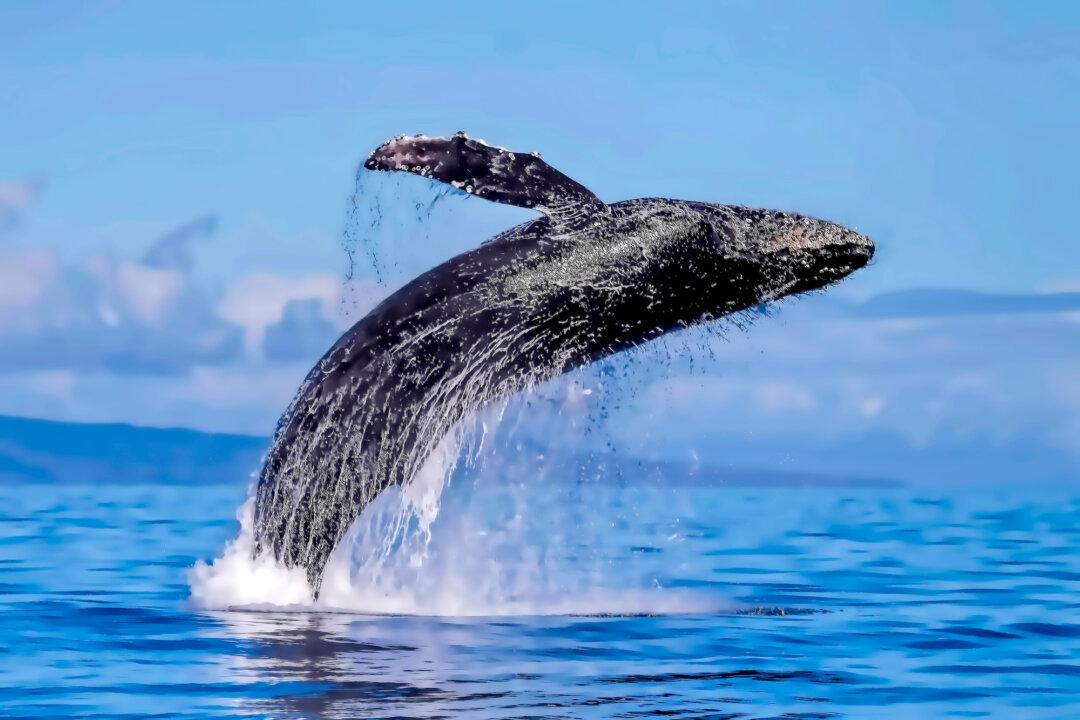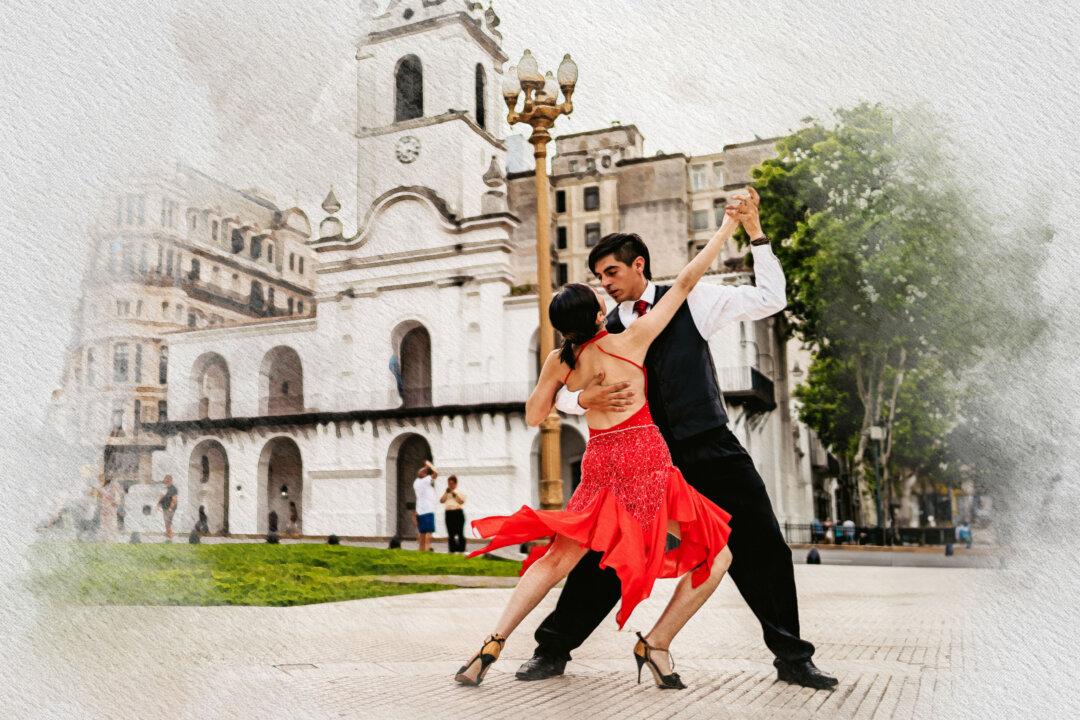The world is big, and beautiful, and awesome—all realities that seem increasingly fanciful and fleeting as we continue to stare at the same four walls each day. But reopening is just around the corner.
And as the day nears, when we can finally board an airplane and fly across the globe, it’s worth contemplating this essential question: Where should you go first? Not all destinations are created equal. From likelihood to reopen first, to ease of travel, to ensuring safety along the way, here are some of the very best places that should be on the top of your travel list for that big, first journey abroad (again).
Maldives
A nation of some 1,200 islands spread across 26 coral atolls, this Arabian Sea paradise has made headlines throughout the pandemic. During the initial global lockdown, ironic stories emerged about travelers caught for weeks, here, at private-island resorts, trapped in some of the most beautiful surroundings imaginable, but distressed at the prospect of not being able to return home. Then, at least one luxury hotel captured travel stories in top publications (and people’s imaginations) by offering an “unlimited stay” for all of 2021 in one of their over-water villas jutting out over the aquamarine sea, including breakfast and airport transfers in a speed boat, for the tidy sum of $30,000.And throughout, the Maldives, which reopened to all travelers (including Americans) last July, has remained a world apart. Here, you land in the capital, Malé, and then get whisked away, usually by floatplane, flying high over crescent-shaped islands of white and green, amidst all the blue. Minutes later, you’re surrounded by swaying palms and the softest sand imaginable. Resorts such as Fairmont Sirru Fen Fushi, on a remote atoll in the northern reaches of the country, offer all sorts of aquatic adventures. Roll out on a traditional wooden dhoni fishing boat and learn from the locals how to haul in a red snapper with a hand line, or take a guided snorkeling tour with a marine biologist who, if you’re lucky, will find you a turtle, or maybe even a shark.
Israel
Throughout the pandemic, this country has been ahead of the curve, and, as of this moment, that’s still the case. At the time of writing, Israel had vaccinated more of its population than anybody else, and their prime minister has declared them a “vaccination nation.”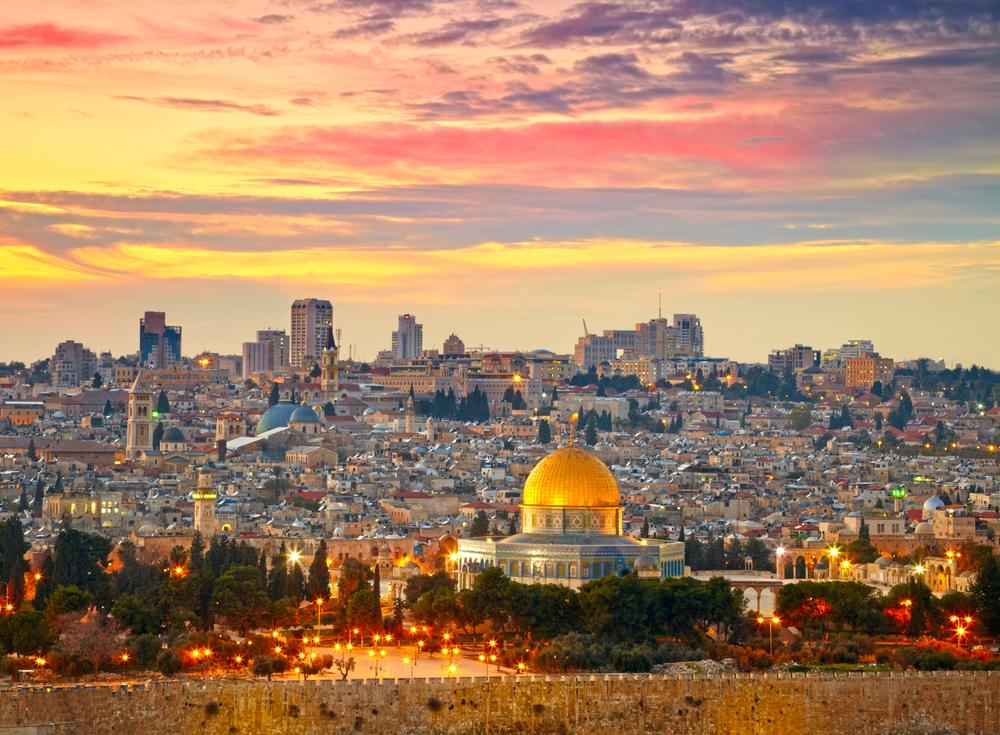
And that’s a good thing because there’s a lot to see and do here. Tiny by any standard (the country is just a little bigger than the state of New Jersey), it’s perhaps most famous as the Holy Land, with both pilgrims and religious travelers flocking to sites in Jerusalem’s Old City, walking the walls and visiting the Church of the Holy Sepulchre, traditionally recognized as the site of Golgotha. But if you’re looking for a little more space—and perhaps some sunshine—Israel delivers. The adventurous can head deep into the Negev Desert for mountain biking and the unforgettable experience of rappelling down a cliff face into the Makhtesh Ramon, a gaping crater. Or just head to the beach—Eilat, set on the Gulf of Aqaba in the northern reaches of the Red Sea, has plenty of seaside getaways.
Japan
Determined to host the delayed Summer Games this year, few countries have crushed the curve as well as Japan, with its strong social mores (few countries are more efficient and organized) combined with simple, straightforward government directives to keep cases low and the national economy operating. And when the country again welcomes international guests (probably not in time for the Olympics, if in fact, they give a green light to the games), this will be a destination that’s prepared—most tourist attractions within the country have already reopened to domestic visitors.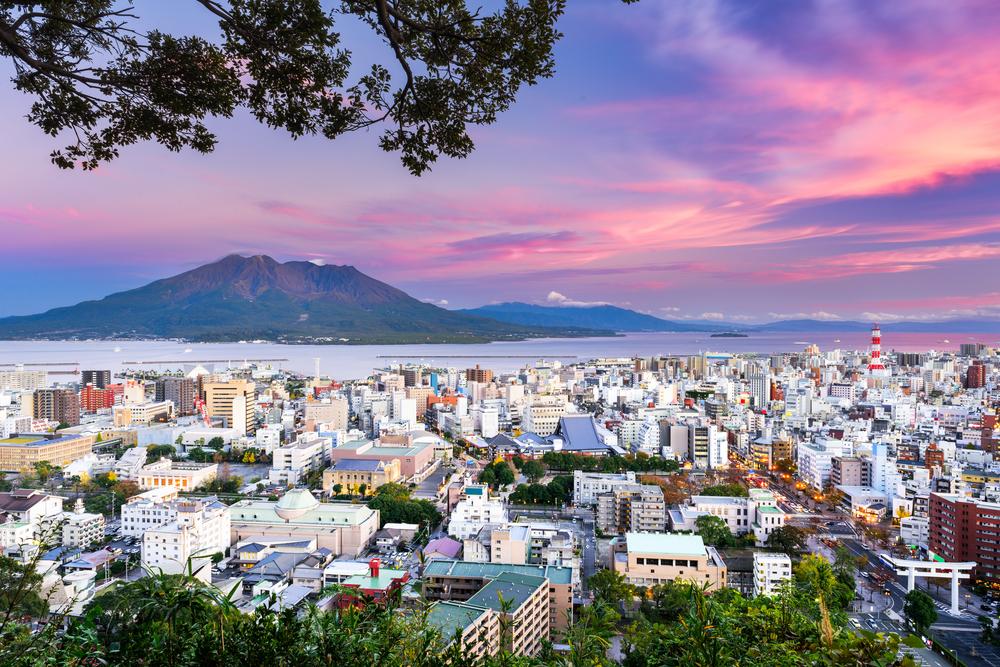
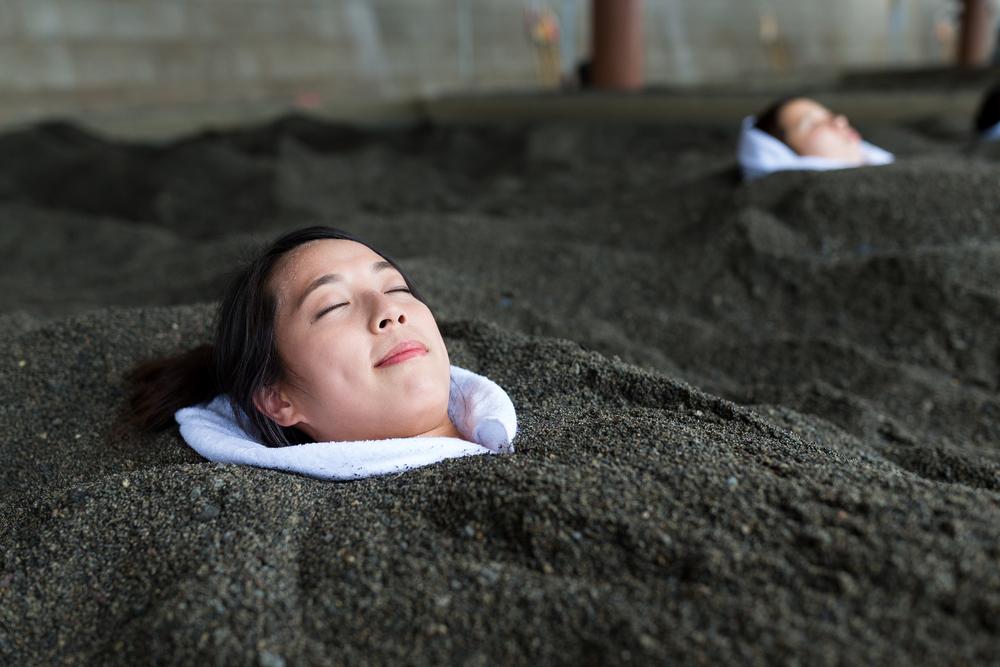
The urban pleasures here are many—temples and shrines in Kyoto, quirky museums (including one dedicated to ramen) in Yokohama, the carnival of lights at Shinjuku, and the crush of humanity at Shibuya in Tokyo. But if you’re a person who loves space, head south. Rocket there on the bullet train, then slow down on the island of Kyushu. Take a sand bath or cook your meal with steam at Beppu, which is shot through with geothermal wonders. Then head to Kagoshima to soak in a series of hot springs (perhaps at a resort such as Myoken Ishiharaso, which has steaming baths right on its balconies), in the shadow of an active volcano.
Canada (British Columbia)
Yes, the border remains closed to most non-Canucks, and this northern neighbor currently maintains some of the tightest travel restrictions for those arriving from abroad—including a 14-day mandatory quarantine. But once things open up, this is a nation where you can really roam. Stay for weeks, or months, and experience a country as diverse, as it is huge—it’s the world’s second-largest country, with the longest coastline on earth (more than 151,000 miles of it).
If you’ve only got a limited amount of time, start (and stay) in the west, where mountain splendor meets the sea. Flying into Vancouver, Whistler is less than two hours away—the village hosted the alpine events for the 2010 Winter Games, and you can ride a gondola from one peak to another, or hike or bike along soaring ridgelines. Or board a pontoon plane to a place like Nimmo Bay, a luxury wilderness lodge where you can spot grizzlies feeding, and killer whales breaching, and super-pods of dolphins swimming by. And then? Maybe Haida Gwaii, once known as the Queen Charlotte Islands, near the panhandle of Alaska. Here, you can ride a zodiac deep into an archipelago of misty, mystical islands that preserve an ancient yet living indigenous culture, complete with totem poles on rocky shores, set amongst towering western red cedars.
Costa Rica
Long a favorite destination for those who love the outdoors, this eco-friendly nation was a world leader when, late last year, they unveiled a multi-layered approach to welcome travelers back. Eliminating the requirement for a negative PCR test, the Central American country added mandatory digital documentation and offered their own health insurance coverage for arrivals. And Americans have responded, from those looking for a little respite on the Pacific, to others seeking a wild time.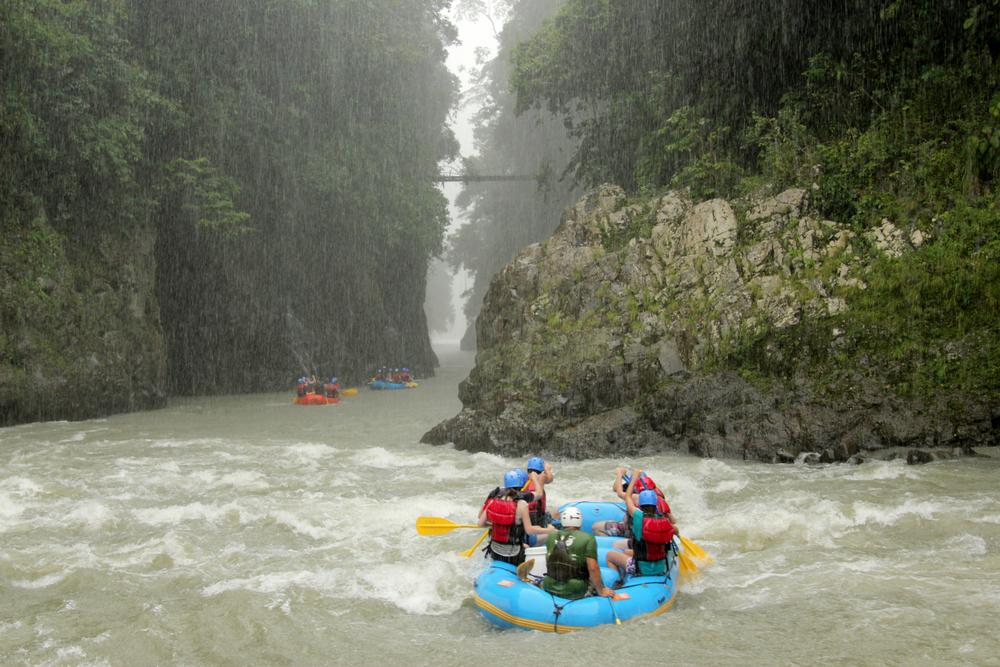
You can rent a very nice place (with a pool) for about $1,000 a month. Or choose the star treatment at an all-inclusive such as Planet Hollywood, where guests are greeted with a red-carpet photo session, and “agents” (aka butlers) arrange every detail of your stay. Or get off the beaten track, hiking through rainforest and cloud forest, soaking in volcanic pools, or crashing through Class IV and even Class V rapids on the Pacuare River. Ranked one of the 10 best in the world for rafting, it’s a river where, after rolling through the hurly-burly of rapids, whirlpools, and waterfalls, the water evens out and slows to a snail’s pace. You can jump into the warm, languid flow, letting it carry you deeper into the jungle—and peaceful oblivion.
Toronto-based writer Tim Johnson is always traveling, in search of the next great story. Having visited 140 countries across all seven continents, he’s tracked lions on foot in Botswana, dug for dinosaur bones in Mongolia, and walked among a half-million penguins on South Georgia Island. He contributes to some of North America’s largest publications, including CNN Travel, Bloomberg, and The Globe and Mail.

